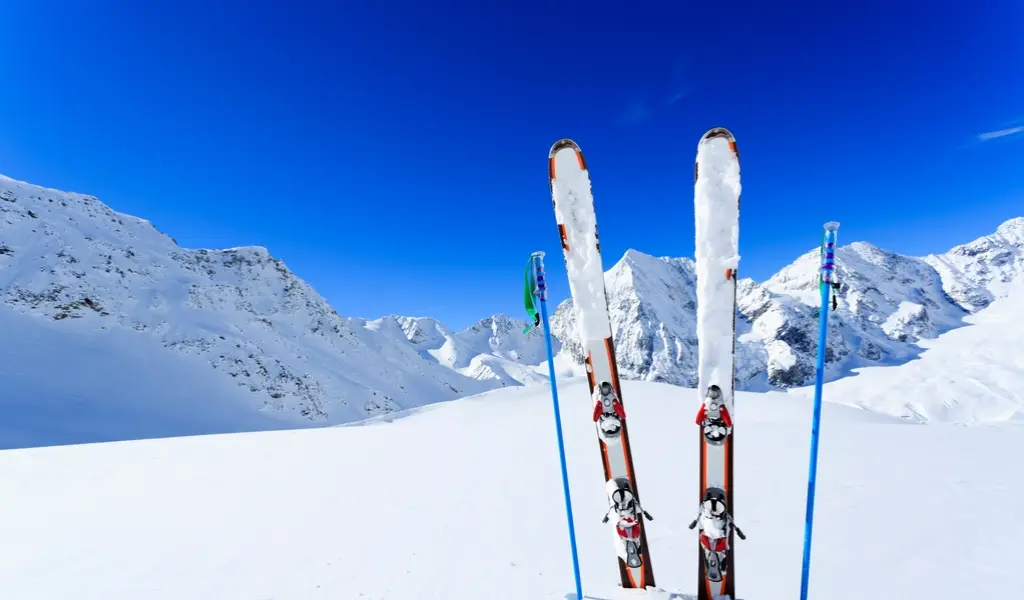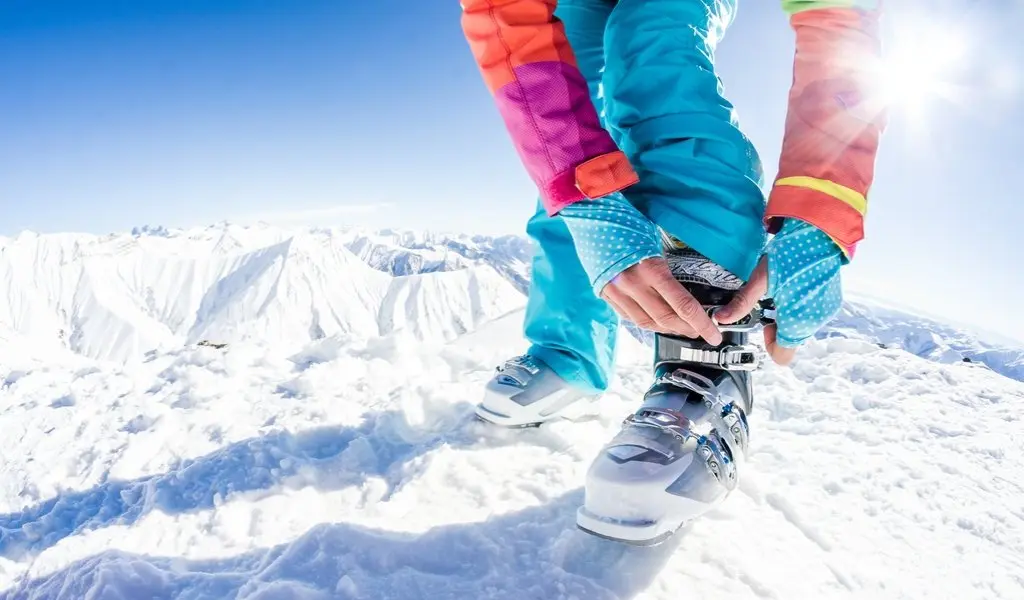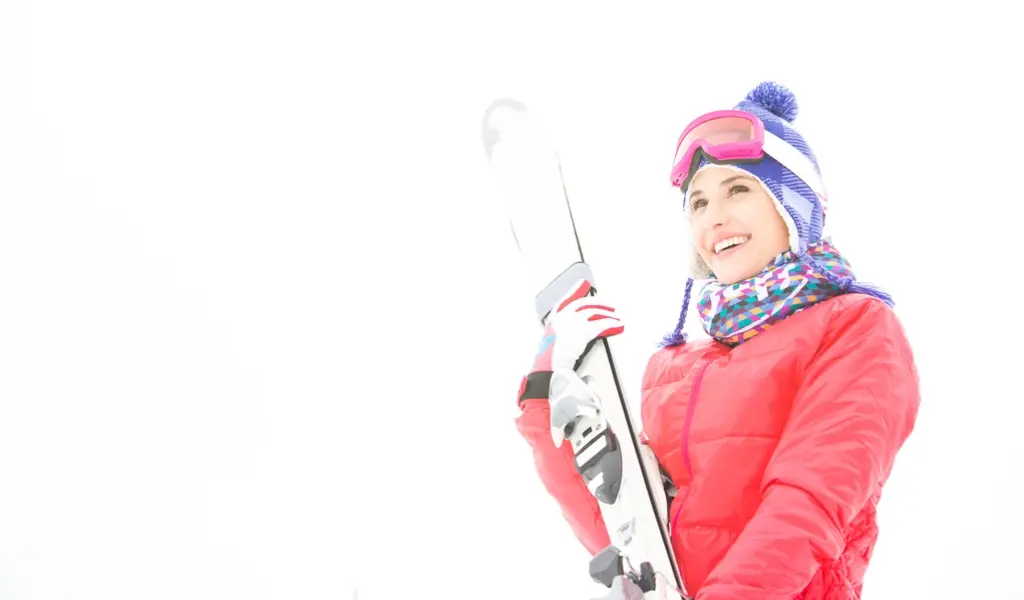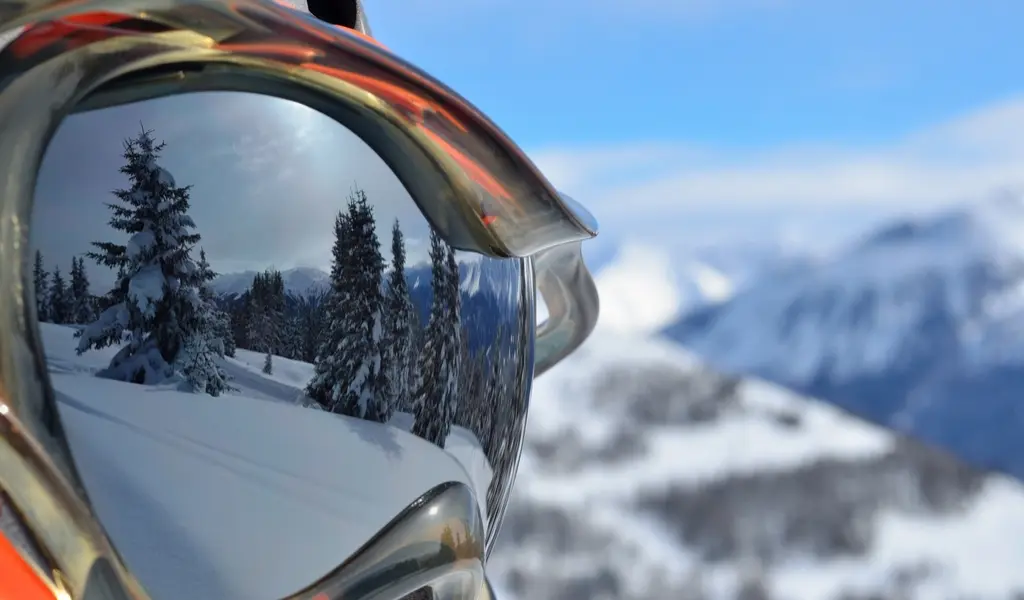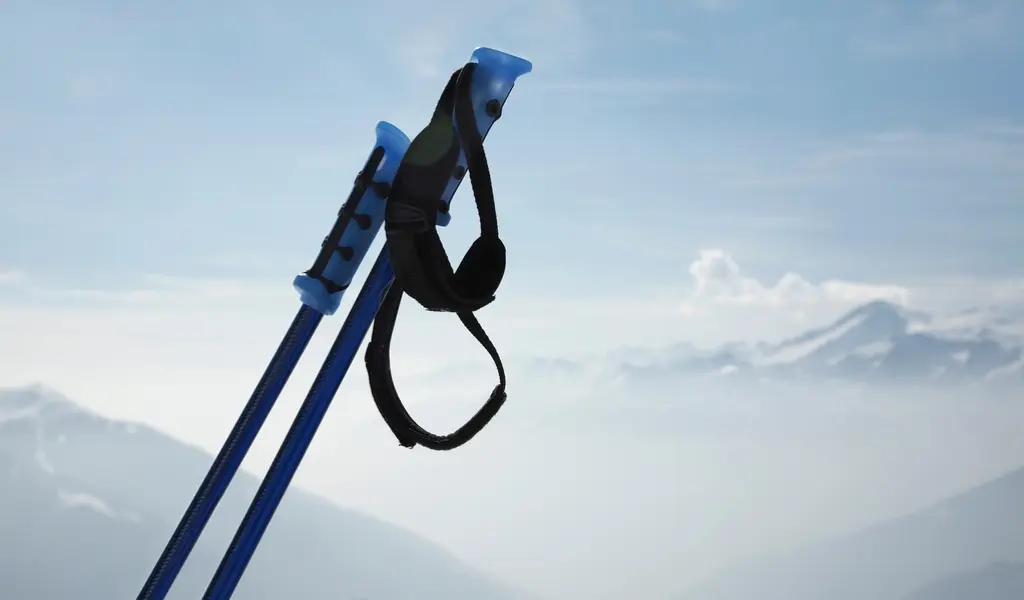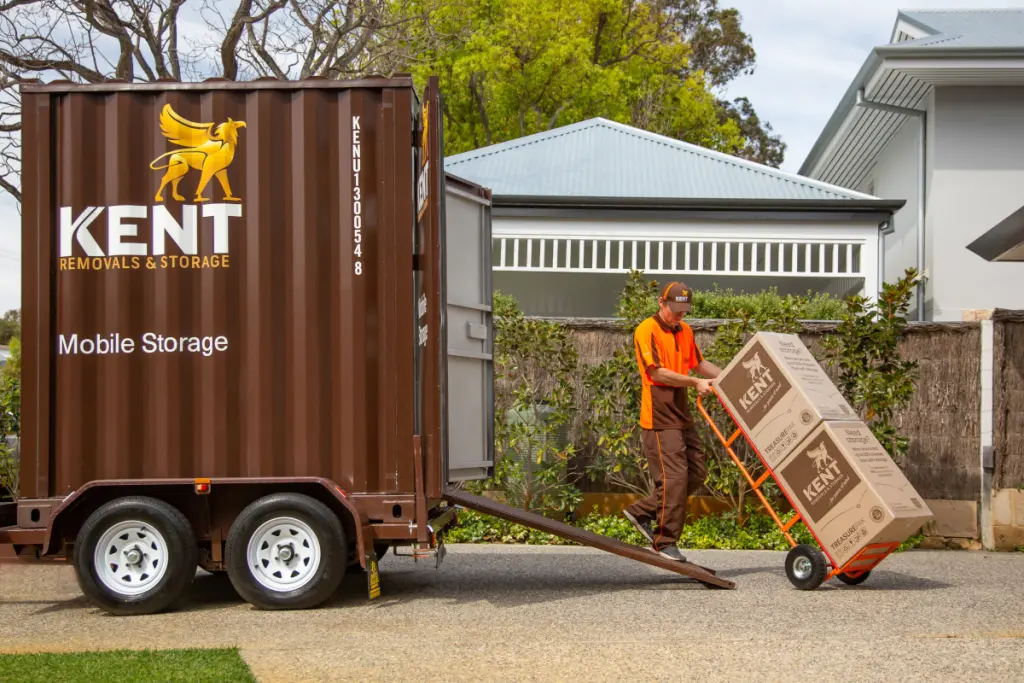The skiing season is almost over, and it is time to hang those ski poles up and tuck those snowboards away. Ski equipment is expensive and not only you have taken care of it when using on rigged terrain on snow but also when not in use.
To ensure your gear is in pristine condition for that first snowfall next season, here is Kent’s guide on how to store your ski gear.
Skis:
Give your skis proper cleaning ensuring the metal edges are free of moisture and dirt. Apply a fresh coat of wax to seal, giving your ski extra protection from humidity. Feel free to get your skis professionally tuned up for that extra layer of protection and maintenance.
You should loosen your bindings for storage, so they are free and flexible for the next use. When the next ski season arrives, simply remove the excess wax coating for snowboards and skis to ensure they are slope ready.

